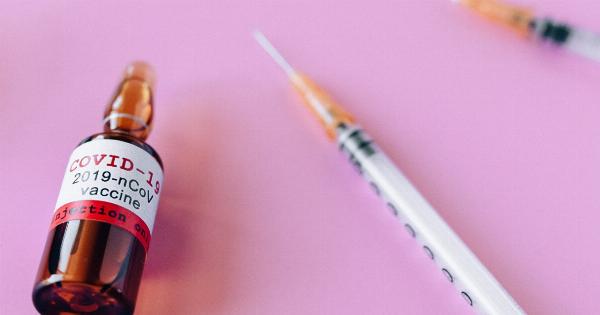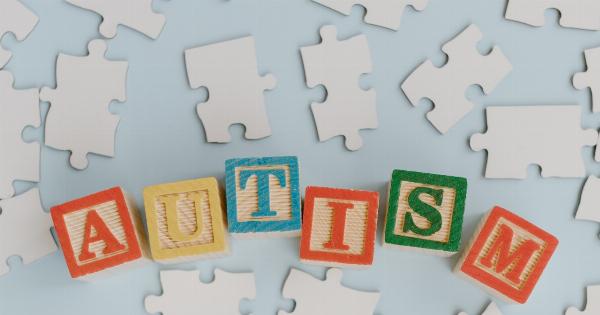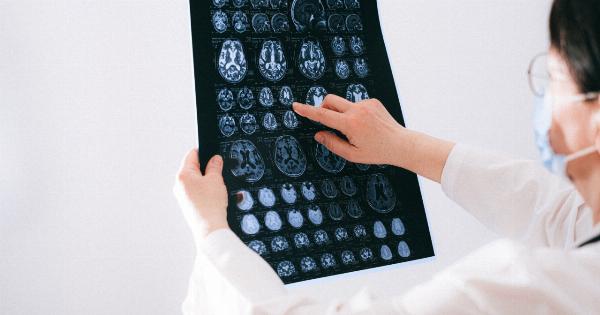Having a child with autism can be both challenging and rewarding. As a parent, it’s important to ensure that your child receives an accurate diagnosis and appropriate treatment. To do so, you must prepare for your child’s autism assessment.
In this article, we’ll cover everything you need to know about preparing for your child’s autism assessment.
What is an Autism Assessment?
An autism assessment is a series of tests and evaluations that are used to diagnose whether a child falls on the autism spectrum.
The assessment typically involves a team of professionals, including a psychologist, a speech-language pathologist, and an occupational therapist. The assessment may also involve a pediatrician, a neurologist, or a psychiatrist.
Why is an Autism Assessment Important?
Getting an accurate autism diagnosis is crucial for your child to receive appropriate treatment and support.
A diagnosis will allow your child to access early intervention services, such as speech and language therapy, occupational therapy, behavioral therapy, and social skills training. These services can help your child overcome challenges and reach his or her full potential.
Preparing for Your Child’s Autism Assessment
1. Gather Information About Your Child
Before the assessment, gather all relevant information about your child, including medical records, developmental history, school reports, and any notes or observations you have made.
This will help the assessment team learn more about your child’s strengths, challenges, and overall development.
2. Observe Your Child’s Behavior
Observe your child’s behavior in different settings and situations, such as at home, at school, and in social situations.
Take notes about your child’s behavior, including any repetitive behaviors, communication difficulties, sensory issues, and social deficits. Share these observations with the assessment team.
3. Talk to Your Child’s Teachers and Caregivers
Talk to your child’s teachers and caregivers to get their input on your child’s behavior, development, and social skills. Share any concerns you have and ask for specific examples of your child’s behavior and interactions with others.
4. Prepare Your Child for the Assessment
Prepare your child for the assessment by explaining what will happen and why it’s important. Use age-appropriate language and be honest with your child. Let your child know that the assessment is not a test and there are no right or wrong answers.
Encourage your child to do his or her best.
5. Bring Comfort Items
Bring comfort items for your child, such as a favorite toy or blanket, to help your child feel more at ease during the assessment. You may also want to bring snacks and drinks in case the assessment takes longer than expected.
6. Arrive Early
Arrive early for the assessment to give your child time to get acclimated to the new setting and meet the assessment team. This will help your child feel more comfortable and relaxed during the assessment.
7. Follow-Up After the Assessment
After the assessment, follow-up with the assessment team to discuss the results and any recommendations for treatment or support.
If your child is diagnosed with autism, work with the assessment team to create a treatment plan that meets your child’s unique needs and strengths.
Conclusion
Preparing for your child’s autism assessment is an important step in getting your child the support and treatment he or she needs.
By gathering information about your child, observing your child’s behavior, talking to caregivers, preparing your child, bringing comfort items, arriving early, and following-up after the assessment, you can help ensure that your child receives an accurate diagnosis and appropriate treatment.






























